Home>Gardening & Outdoor>Landscaping Ideas>What Kind Of Grass To Plant


Landscaping Ideas
What Kind Of Grass To Plant
Modified: February 18, 2024
Discover the best grass types for your landscaping needs. Find expert tips and ideas for planting the perfect grass in your yard.
(Many of the links in this article redirect to a specific reviewed product. Your purchase of these products through affiliate links helps to generate commission for Storables.com, at no extra cost. Learn more)
Introduction
Read more: What Kind Of Plants To Plant For Drainage
Understanding the Importance of Choosing the Right Grass for Your Lawn
When it comes to creating a lush, vibrant lawn, choosing the right type of grass is essential. The type of grass you plant can significantly impact the overall health and appearance of your yard. Factors such as climate, soil type, and maintenance requirements all play a crucial role in determining which grass variety will thrive in your specific environment.
Understanding the unique characteristics of different grass types and how they interact with your local climate and soil is the first step toward achieving a beautiful and resilient lawn. By delving into the intricacies of cool-season and warm-season grasses, as well as the specific needs of each variety, you can make an informed decision that will set the stage for a thriving, verdant lawn.
Join us as we explore the diverse world of grasses, uncovering the nuances of cool-season and warm-season varieties, and providing valuable insights into selecting the perfect grass for your yard. Whether you’re a seasoned lawn care enthusiast or a newcomer to the world of landscaping, this comprehensive guide will equip you with the knowledge needed to make the best possible choice for your outdoor space.
Understanding Your Climate and Soil
Key Takeaways:
- Choose the right grass for your lawn by considering climate, soil, and maintenance needs. Cool-season and warm-season grasses have unique traits that can thrive in specific environments.
- Once you’ve selected the perfect grass, maintain its health with regular watering, proper mowing, fertilization, and pest control. Adapting maintenance to seasonal needs will ensure a vibrant, resilient lawn.
Crucial Factors for Grass Selection
Before diving into the specifics of various grass types, it’s essential to assess the climate and soil conditions in your area. Understanding these fundamental factors will serve as a cornerstone in determining the most suitable grass for your lawn.
Climate Considerations
Your local climate plays a pivotal role in the success of your lawn. Different grasses thrive in specific temperature ranges, so it’s crucial to select a variety that aligns with the climate in your region.
- Warm-Season Grasses: Flourish in hot summer temperatures and are well-suited to southern regions with long, scorching summers.
- Cool-Season Grasses: Thrive in cooler climates and are resilient in the face of frost and chilly winters, making them ideal for northern regions.
Read more: What Kind Of Grass Spreads
Soil Analysis
Assessing your soil type is equally critical, as it directly impacts the grass’s ability to establish strong roots and access essential nutrients.
- Clay Soil: Retains moisture well but can be prone to compaction, requiring grass varieties that can withstand heavy, dense soil.
- Sandy Soil: Drains quickly and is less fertile, necessitating grasses that are resilient in drier conditions and can thrive with minimal water.
- Loamy Soil: Offers an optimal balance of moisture retention and drainage, providing a fertile environment for a wide range of grass species.
By gaining a comprehensive understanding of your local climate and soil composition, you can make an informed decision when selecting the most suitable grass variety for your lawn. These foundational insights will pave the way for a thriving, resilient lawn that flourishes in harmony with its environment.
Types of Grass
Exploring the Diversity of Grass Varieties
Grasses come in a wide array of species, each with its own unique traits and ideal growing conditions. Understanding the distinctions between cool-season and warm-season grasses is essential for choosing the right type to adorn your lawn.
Cool-Season Grasses
Cool-season grasses, as the name suggests, thrive in cooler climates and are known for their ability to withstand frost and chilly temperatures. These grasses exhibit robust growth during the spring and fall, making them well-suited for regions with distinct seasonal variations.
- Kentucky Bluegrass: Renowned for its lush, emerald-green appearance and fine texture, Kentucky Bluegrass is a popular choice for lawns in cooler climates.
- Fescue: Available in various subtypes such as tall fescue and fine fescue, this grass variety is prized for its resilience in the face of shade and drought.
- Ryegrass: Known for its rapid germination and establishment, ryegrass is often used for overseeding warm-season lawns or as a primary component in cool-season grass seed blends.
Read more: What Kind Of Grass Is Sod
Warm-Season Grasses
Warm-season grasses thrive in hot, sultry climates and exhibit peak growth during the summer months. These grass varieties are well-equipped to withstand scorching temperatures and are ideal for lawns in southern regions.
- Bermuda Grass: Celebrated for its exceptional heat tolerance and rapid spreading, Bermuda grass is a popular choice for lawns, sports fields, and golf courses in warm climates.
- Zoysia Grass: Recognized for its dense, lush growth and tolerance to foot traffic, Zoysia grass is an excellent option for lawns with high activity levels.
- Centipede Grass: Characterized by its low maintenance requirements and striking light-green hue, centipede grass is well-suited to the sandy soils and warm temperatures of the southern United States.
By familiarizing yourself with the diverse characteristics of cool-season and warm-season grasses, you can make an informed decision that aligns with the climate and growing conditions in your region. These insights will empower you to select the perfect grass variety to transform your lawn into a verdant, inviting outdoor space.
Cool-Season Grasses
Thriving in Cooler Climates
Cool-season grasses are renowned for their resilience in the face of frost and their ability to flourish in cooler climates, making them an excellent choice for lawns in northern regions and areas with distinct seasonal variations. These grass varieties exhibit vigorous growth during the spring and fall, creating a lush, verdant lawn that enhances the visual appeal of outdoor spaces.
Key Cool-Season Grass Varieties
Understanding the unique traits and growing requirements of different cool-season grasses is essential for selecting the most suitable option for your lawn. Here are some prominent cool-season grass varieties:
- Kentucky Bluegrass: Widely celebrated for its dense growth, vibrant color, and fine texture, Kentucky Bluegrass is a popular choice for lawns in cooler climates. This resilient grass variety thrives in well-drained soil and exhibits exceptional tolerance to foot traffic, making it an ideal option for residential lawns and recreational areas.
- Fescue: Available in various subtypes such as tall fescue and fine fescue, this versatile grass variety is prized for its adaptability to shade and drought conditions. Fescue grasses are known for their robust root systems, which contribute to their resilience in challenging environments, making them an excellent choice for lawns with varying sun exposure.
- Ryegrass: Recognized for its rapid germination and establishment, ryegrass is a valuable addition to cool-season grass seed blends. This hardy grass variety exhibits exceptional tolerance to heavy foot traffic and is often used for overseeding warm-season lawns to maintain year-round greenery.
By familiarizing yourself with the distinct characteristics of Kentucky Bluegrass, fescue, and ryegrass, you can make an informed decision when selecting the most suitable cool-season grass for your lawn. These resilient grass varieties will lay the foundation for a vibrant, thriving lawn that flourishes in harmony with cooler climates.
Read more: What Kind Of Grass Is Sod
Warm-Season Grasses
Flourishing in Sun-Drenched Environments
Warm-season grasses are revered for their exceptional heat tolerance and peak growth during the sultry summer months, making them an ideal choice for lawns in southern regions and areas with scorching temperatures. These grass varieties exhibit robust resilience in the face of intense heat and are well-equipped to create lush, inviting lawns that enhance outdoor spaces.
Prominent Warm-Season Grass Varieties
Exploring the unique traits and growing preferences of different warm-season grasses is essential for selecting the most suitable option for your lawn. Here are some prominent warm-season grass varieties:
- Bermuda Grass: Celebrated for its exceptional heat tolerance and rapid spreading, Bermuda grass is a popular choice for lawns, sports fields, and golf courses in warm climates. This resilient grass variety forms a dense, vibrant lawn and exhibits remarkable resilience to foot traffic, making it an excellent option for high-activity outdoor areas.
- Zoysia Grass: Recognized for its lush, dense growth and exceptional tolerance to foot traffic, Zoysia grass thrives in warm climates and exhibits resilience in the face of intense heat. This versatile grass variety forms a visually appealing lawn that enhances the aesthetic appeal of residential and recreational spaces.
- Centipede Grass: Characterized by its low maintenance requirements and striking light-green hue, centipede grass is well-suited to the sandy soils and warm temperatures of the southern United States. This resilient grass variety forms a low-maintenance, visually appealing lawn that flourishes in sun-drenched environments.
By familiarizing yourself with the distinct characteristics of Bermuda grass, Zoysia grass, and centipede grass, you can make an informed decision when selecting the most suitable warm-season grass for your lawn. These resilient grass varieties will lay the foundation for a vibrant, thriving lawn that flourishes in harmony with warm climates and sun-drenched environments.
Choosing the Right Grass for Your Yard
Read more: What Kind Of Grass Is In Florida
Selecting the Ideal Grass Variety for Your Outdoor Space
When it comes to transforming your yard into a lush, inviting outdoor haven, selecting the right grass variety is paramount. By considering key factors such as climate, soil type, and intended use, you can make an informed decision that will lay the foundation for a thriving, resilient lawn.
Assessing Climate and Soil Compatibility
Understanding the unique climate and soil conditions in your area is crucial for selecting a grass variety that will thrive in your yard. If you reside in a northern region with cooler temperatures, cool-season grasses such as Kentucky Bluegrass and fescue may be the ideal choice, as they exhibit resilience in the face of frost and chilly weather. Conversely, if you live in a southern region with hot, sultry summers, warm-season grasses like Bermuda grass and Zoysia grass are well-suited to thrive in sun-drenched environments.
Assessing your soil type is equally critical, as it directly impacts the grass’s ability to establish strong roots and access essential nutrients. Clay soil, sandy soil, and loamy soil each have unique characteristics that influence the suitability of different grass varieties, making it essential to select a grass type that aligns with your soil composition.
Consider Intended Use and Maintenance Preferences
Another crucial consideration when choosing the right grass for your yard is the intended use of the outdoor space. If you envision a lawn that can withstand heavy foot traffic and recreational activities, selecting a resilient, durable grass variety such as ryegrass or Bermuda grass would be advantageous. On the other hand, if you prioritize low maintenance and drought tolerance, opting for a grass variety like fescue or centipede grass may better align with your preferences.
By carefully assessing your climate, soil type, intended use, and maintenance preferences, you can make a well-informed decision when selecting the right grass for your yard. This thoughtful approach will set the stage for a thriving, visually appealing lawn that enhances the overall charm of your outdoor space.
Maintenance and Care Tips
Read more: What Kind Of Grass Grows In Illinois
Nurturing Your Lawn for Optimal Health and Beauty
Once you’ve selected the perfect grass variety for your yard, maintaining its health and vitality becomes paramount. By implementing effective maintenance and care practices, you can ensure that your lawn remains lush, resilient, and visually appealing throughout the year.
Regular Watering
Proper hydration is essential for the health of your lawn. Depending on the specific grass variety you’ve chosen, establish a regular watering schedule to ensure that your lawn receives adequate moisture, especially during dry periods. Deep, infrequent watering is often recommended, as it encourages strong root growth and resilience to drought conditions.
Mowing Techniques
When it comes to mowing your lawn, it’s crucial to adhere to the recommended mowing height for your grass variety. Each grass type has an optimal mowing height that promotes healthy growth and discourages weed proliferation. Additionally, regularly sharpening your mower blades will ensure clean, precise cuts that contribute to the overall well-being of your lawn.
Fertilization and Soil Health
Applying the appropriate fertilizers at the right time of year is vital for nourishing your lawn and promoting robust growth. Conduct a soil test to assess its nutrient levels and pH balance, allowing you to select fertilizers that address any deficiencies and optimize the soil’s health. Additionally, aerating your lawn can enhance soil compaction and improve the penetration of air, water, and nutrients to the grassroots.
Read more: What Kind Of Grass Grows In Tennessee
Weed and Pest Control
Implementing proactive weed control measures, such as regular weeding and the application of pre-emergent herbicides, can help prevent weed infestations and preserve the pristine appearance of your lawn. Similarly, addressing pest issues promptly by identifying and treating common lawn pests will safeguard the health and resilience of your grass.
Seasonal Maintenance
Adapting your lawn care practices to the changing seasons is essential for maintaining its health and vibrancy. From overseeding cool-season lawns in the fall to aerating warm-season lawns in the spring, tailoring your maintenance efforts to the specific needs of your grass variety will ensure year-round beauty and resilience.
By incorporating these maintenance and care tips into your lawn care routine, you can foster the optimal health and beauty of your grass, creating a lush, inviting outdoor space that enriches the overall charm of your home.
Conclusion
Cultivating a Thriving, Resilient Lawn
Embarking on the journey of selecting and nurturing the perfect grass for your yard is a rewarding endeavor that lays the groundwork for a vibrant, inviting outdoor space. By understanding the nuances of cool-season and warm-season grasses, assessing your local climate and soil conditions, and implementing effective maintenance and care practices, you can create a resilient, visually appealing lawn that enhances the overall charm of your home.
Choosing the right grass variety for your yard involves a thoughtful consideration of factors such as climate compatibility, soil type, intended use, and maintenance preferences. By aligning these elements with the unique traits of different grass varieties, you can make an informed decision that sets the stage for a thriving, verdant lawn.
Once your grass is in place, implementing regular watering, proper mowing techniques, strategic fertilization, and proactive weed and pest control measures will ensure that your lawn remains healthy and resilient throughout the year. Adapting your maintenance efforts to the changing seasons and specific needs of your grass variety will further contribute to its long-term vibrancy and beauty.
Ultimately, the journey of cultivating a thriving, resilient lawn is a testament to the transformative power of thoughtful decision-making and dedicated care. By infusing your outdoor space with the lush, inviting beauty of a well-maintained lawn, you create a harmonious connection between your home and the natural world, fostering a welcoming environment for relaxation, recreation, and enjoyment.
As you embark on this enriching journey, may your lawn flourish as a testament to your dedication and care, serving as a vibrant, inviting backdrop for cherished moments and cherished memories in the embrace of nature’s timeless beauty.
Frequently Asked Questions about What Kind Of Grass To Plant
Was this page helpful?
At Storables.com, we guarantee accurate and reliable information. Our content, validated by Expert Board Contributors, is crafted following stringent Editorial Policies. We're committed to providing you with well-researched, expert-backed insights for all your informational needs.
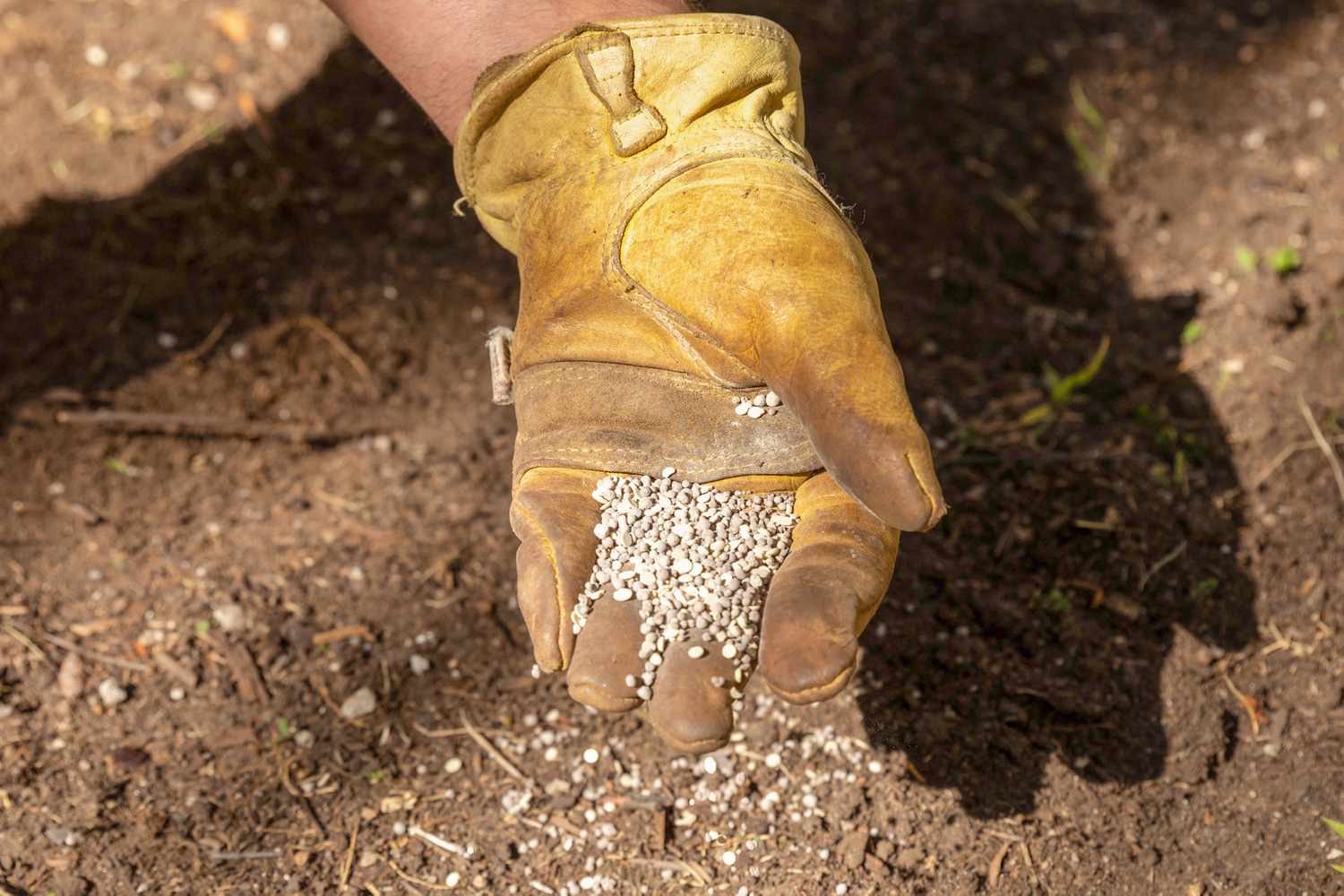
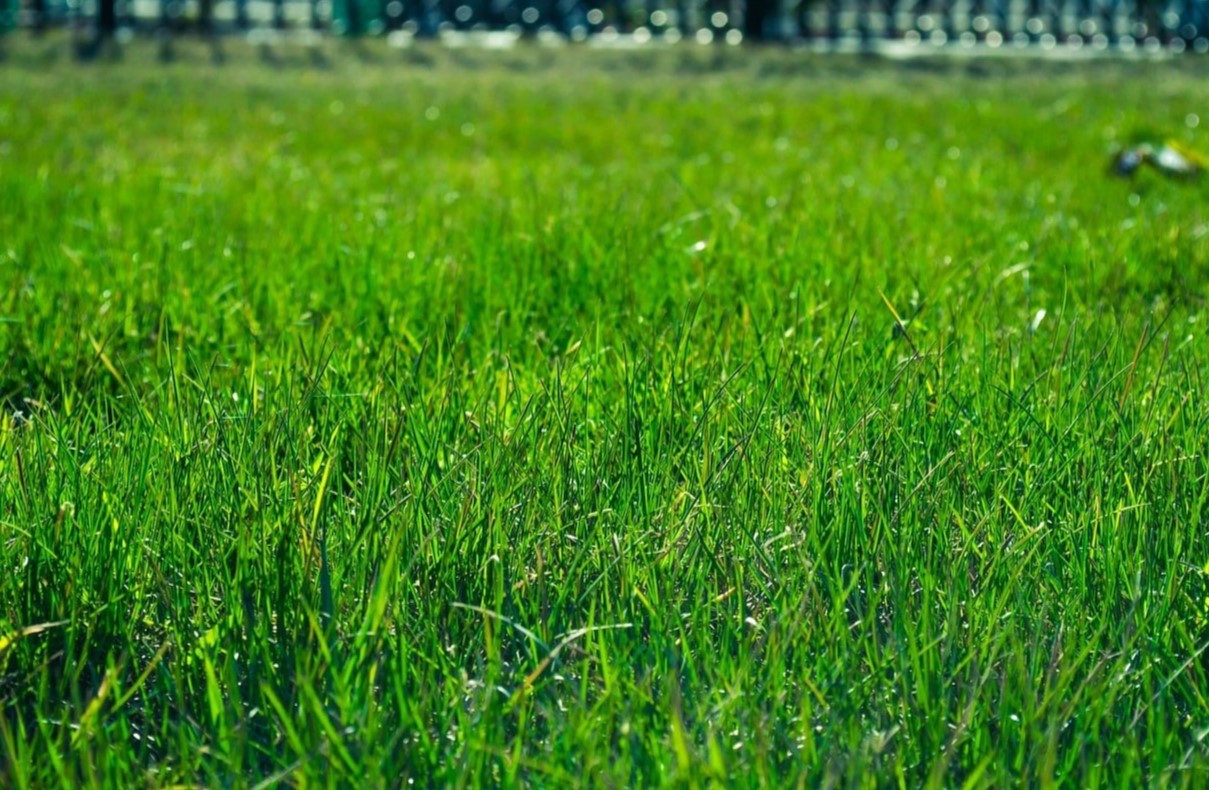


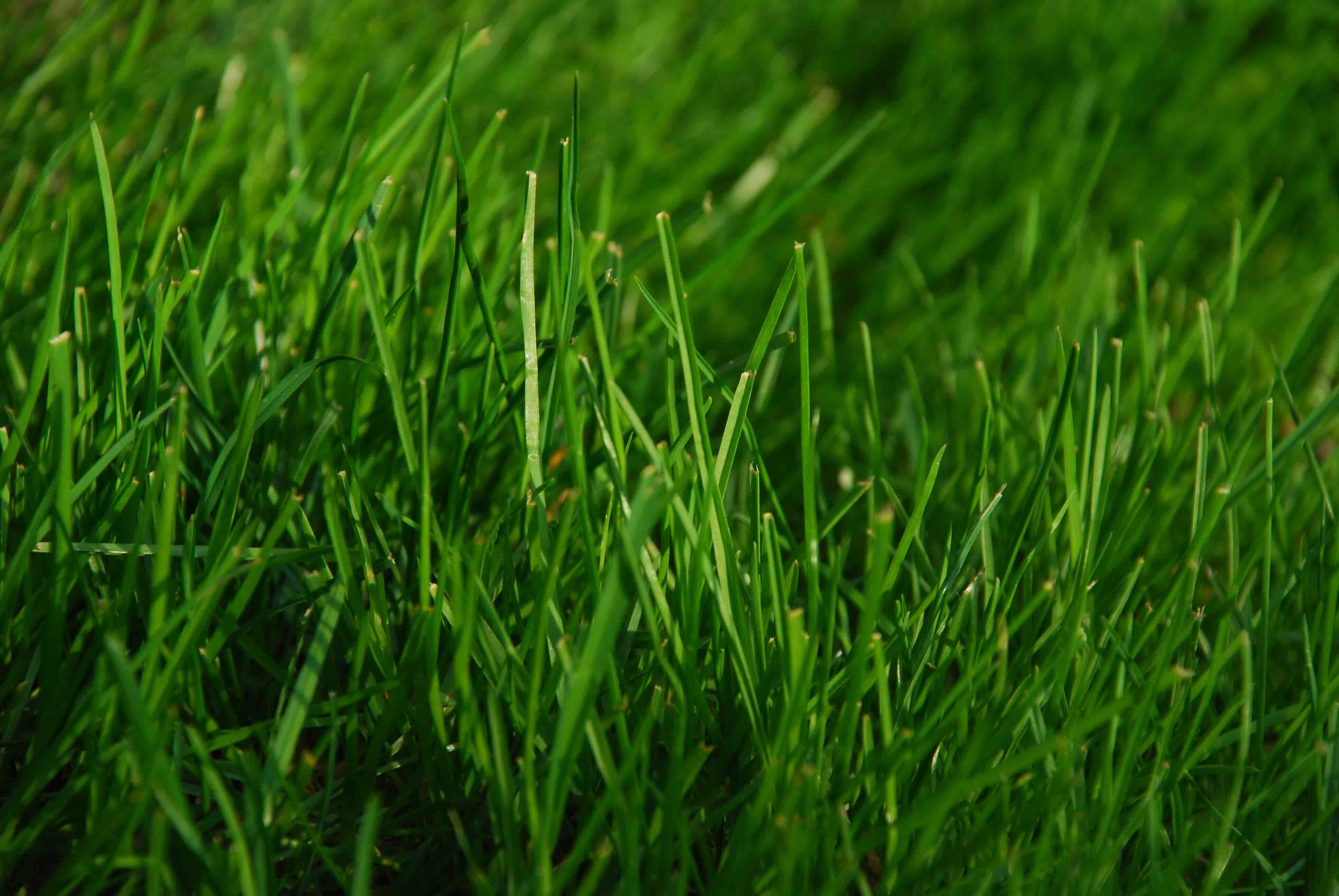

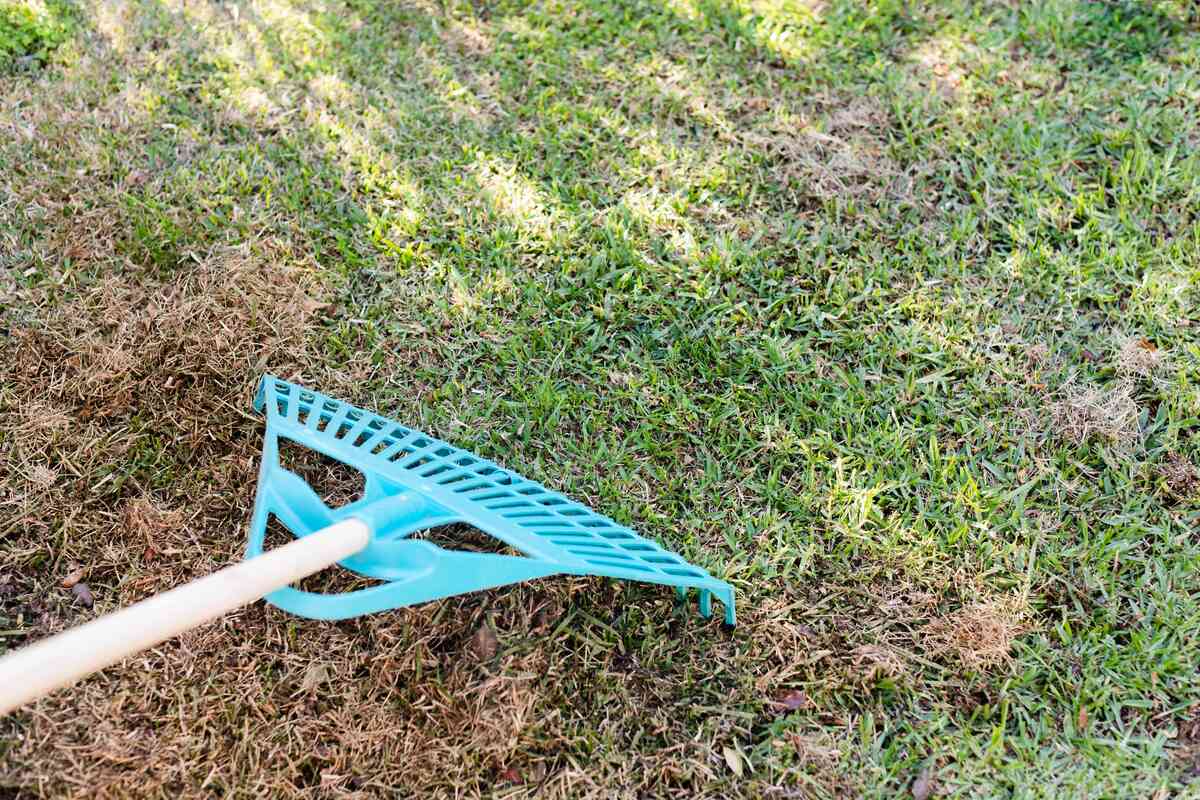
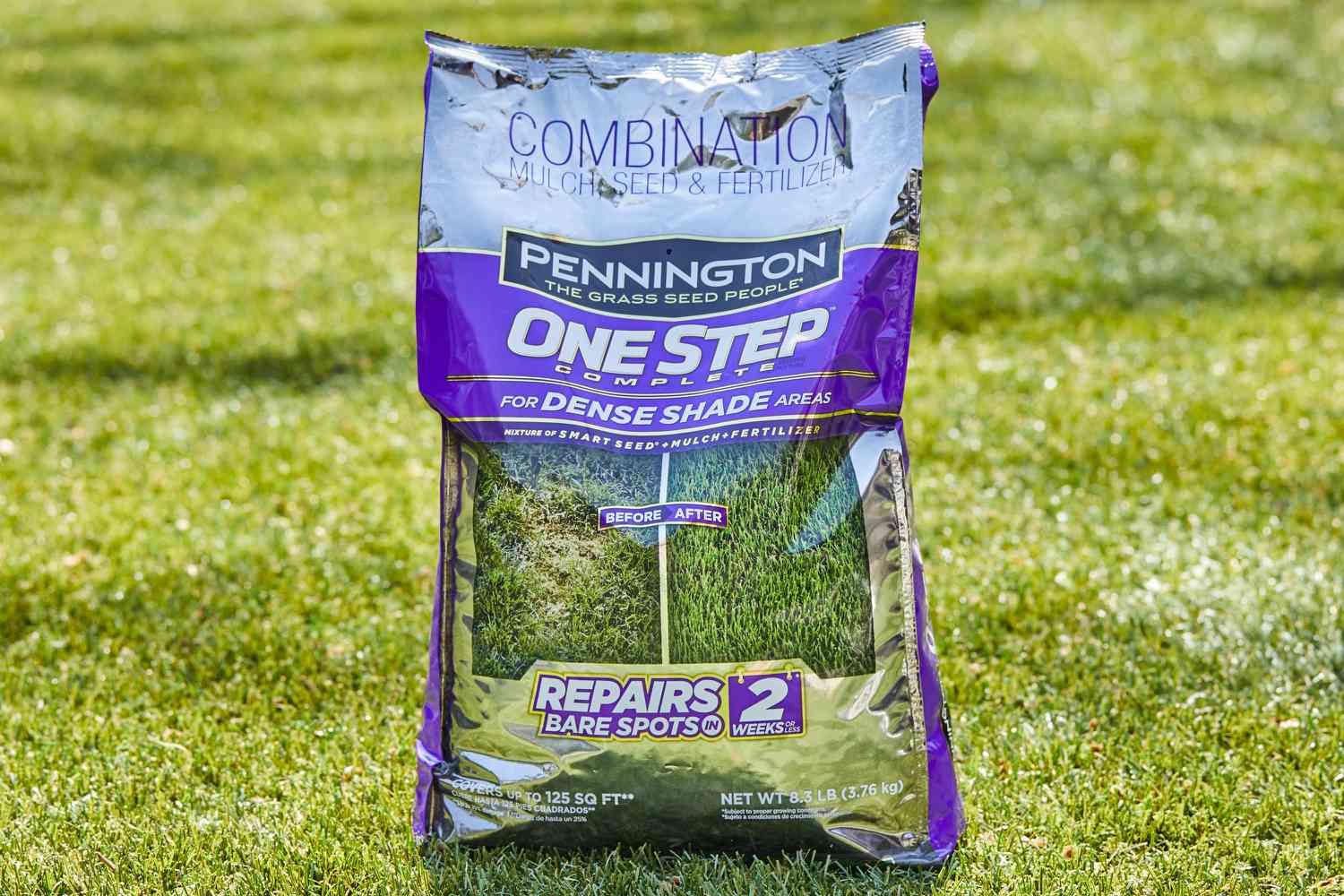
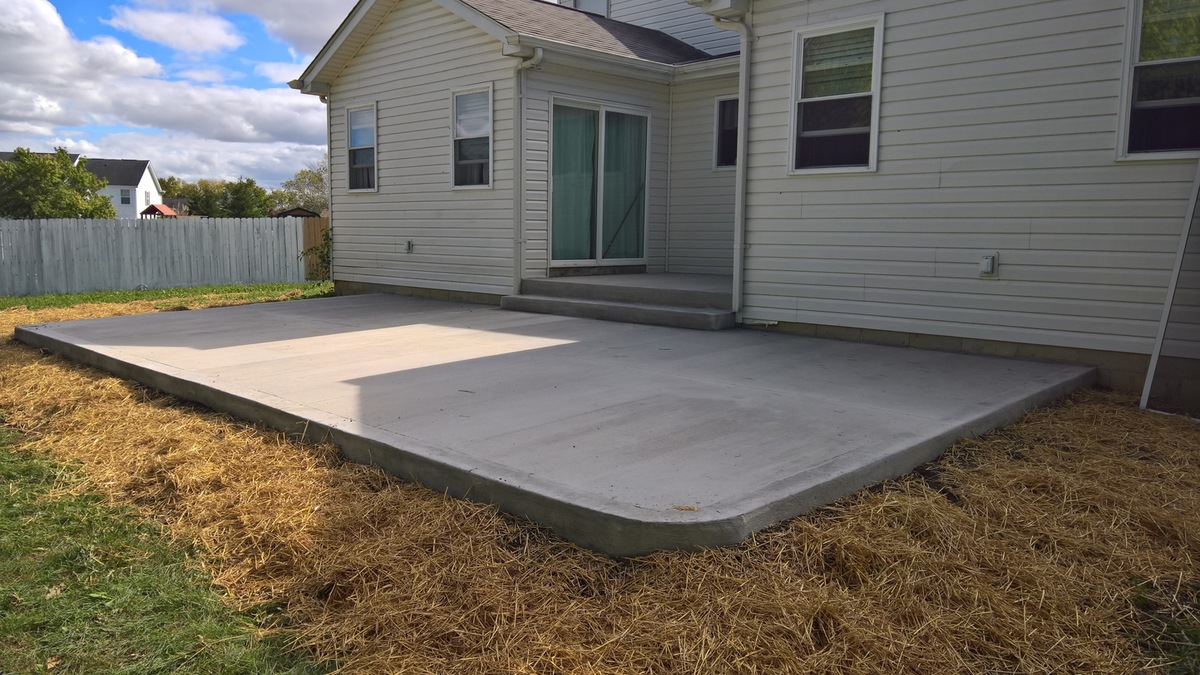

0 thoughts on “What Kind Of Grass To Plant”